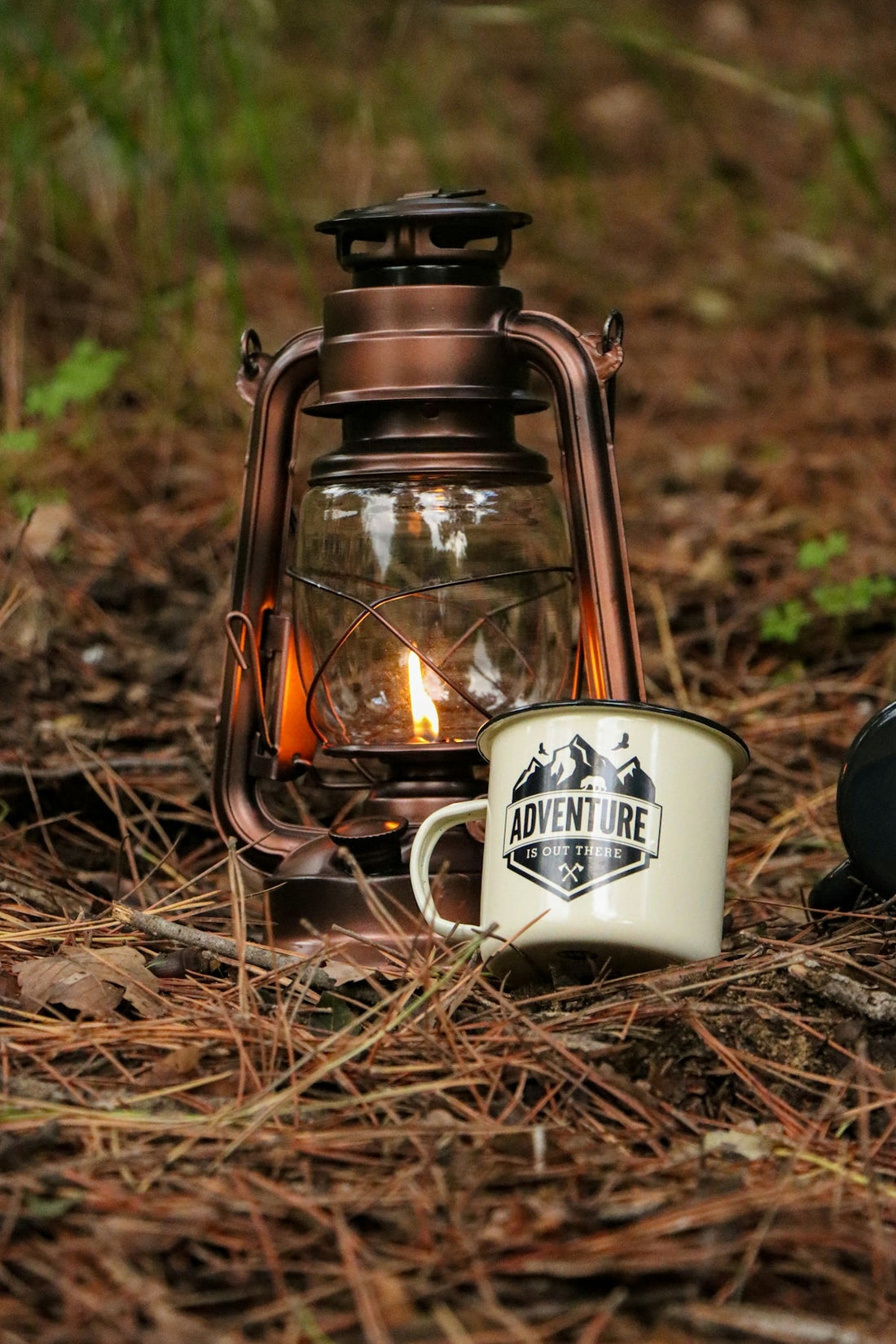
The Pros and Cons of Different Types of Outdoor Lanterns Explained
Share
Outdoor adventures like camping, hiking, and backpacking can be incredibly rewarding experiences. However, they also require thorough preparation and the right gear to ensure comfort and safety. One essential piece of equipment in any camping gear arsenal is the outdoor lantern. In this blog post, we'll explore the pros and cons of various types of outdoor lanterns, aligning each with different outdoor activities and needs. Whether you're setting up a waterproof tent or packing a lightweight backpack for a long hike, understanding the nuances of your lantern options is crucial.
Visit Packstead for more outdoor tools and gear.
Types of Outdoor Lanterns
1. Battery-Powered Lanterns
Pros:
- Ease of Use: Battery-powered lanterns are incredibly simple to operate. All you need is a fresh set of batteries, and you’re good to go, making them perfect for both seasoned adventurers and beginners.
- Availability of Various Models: There are numerous models available, ranging from compact designs perfect for lightweight backpacks to larger options suited for base camping.
- Steady Light Output: These lanterns provide a consistent and bright light, ideal for reading or cooking at your campsite.
Cons:
- Battery Dependency: You'll need to carry extra batteries, which can become bulky and add weight to your pack, especially if your trip extends over several days.
- Waste Concerns: Used batteries contribute to environmental waste unless properly recycled.
2. Solar-Powered Lanterns
Pros:
- Eco-Friendly: Solar lanterns are an excellent choice for environmentally conscious campers. They harness renewable energy, reducing waste and lowering your carbon footprint.
- Rechargeability: No need to carry extra batteries—simply charge them in the sunlight, which is ideal for long trips where weight and environmental impact are concerns.
Cons:
- Dependence on Weather: These lanterns require ample sunlight to charge, making them less reliable in cloudy or rainy conditions. For those setting up in regions with unpredictable weather, like in a waterproof tent on a stormy day, this could be a drawback.
- Lower Light Output: Typically, solar lanterns may not shine as brightly or as long as battery-powered ones.
3. Gas-Powered Lanterns
Pros:
- Bright Illumination: Gas lanterns are known for their bright and far-reaching light output, comparable to traditional electric bulbs.
- Heat Emission: They provide warmth, which can be beneficial during chilly nights in the wilderness.
Cons:
- Fuel Dependency: These lanterns require a constant supply of gas canisters, adding both weight and cost.
- Safety Concerns: Using a flame in a tent or near combustible materials poses a risk, necessitating careful handling.
4. Candle Lanterns
Pros:
- Low-Tech Solution: An age-old method of lighting, candle lanterns are highly reliable and simple to use.
- Warm Ambiance: They offer a gentle, inviting glow, perfect for creating a cozy campsite atmosphere.
Cons:
- Limited Brightness: Candle lanterns do not provide as much light, making them less suitable for tasks requiring significant illumination.
- Fire Hazard: The open flame requires caution and is not recommended for use in a windproof or enclosed tent.
Choosing the Right Lantern for Your Adventure
Selecting the right lantern depends on the nature of your trip, the size of your group, and personal preferences. Let's look at some scenarios:
Backpacking
For solo backpackers or small groups traveling light, a compact battery or solar lantern could be ideal. These options integrate seamlessly with a lightweight backpack and align with the need for portability and efficiency. The Naturehike Mongar Backpacking Camping Tent complements such setups with its easy assembly and portability.
Family Camping
Larger groups may benefit from a mix of lanterns to meet diverse needs. For instance, a gas lantern can provide ample light for the entire campsite while smaller battery-powered lanterns can be employed within tents or for individual use. The CAMPROS CP Tents for Camping offer ample space and features that suit such diverse lighting options.
Eco-Conscious Camping
For those prioritizing sustainability, solar-powered lanterns are a natural fit. They pair well with eco-friendly camping practices, like using the Sawyer Products Premium Permethrin Insect Repellent for Clothing, Gear & Tents to minimize your impact on the environment while staying protected from pests.

Enhancing Your Outdoor Lighting Experience
In addition to the main light sources, consider the following tips to enhance your outdoor lighting experience:
- Strategic Placement: Position lanterns at varying heights and locations to maximize coverage and light distribution within your campsite.
- Lantern Accessories: Use accessories like rechargeable battery packs or solar panels to extend the functionality of your lanterns and reduce redundancy.
- Multipurpose Gear: Opt for lanterns that incorporate additional features, such as a power bank for charging devices or a flashlight mode for focused lighting needs.
Conclusion
Choosing the right outdoor lantern involves weighing several factors, such as your type of activity, environmental considerations, and personal preferences. Whether your adventure takes you deep into the wilderness with the Naturehike Mongar Tent or to a family campsite with the Chihee Camping Tent, the right lantern will illuminate your path and enhance your outdoor experience.
For more camping gear and outdoor tools, check out the comprehensive offerings at Packstead.
